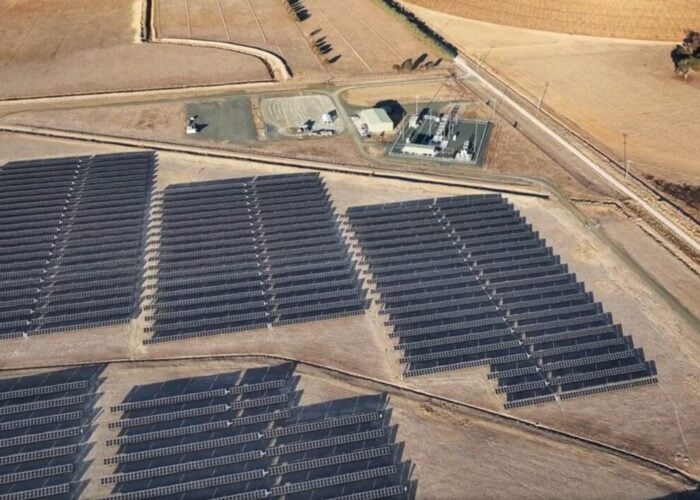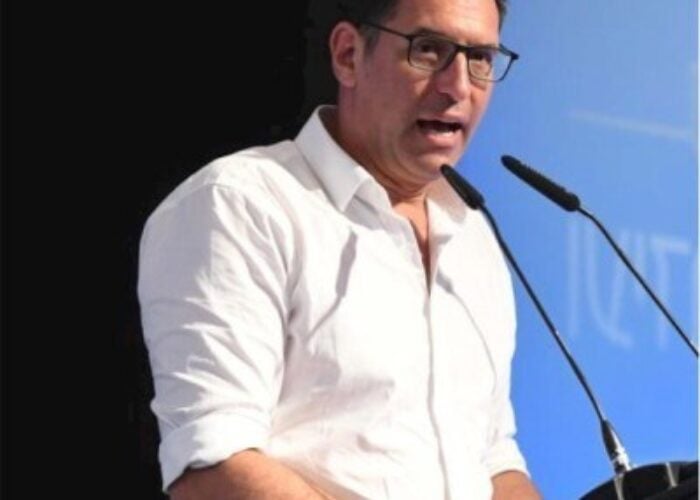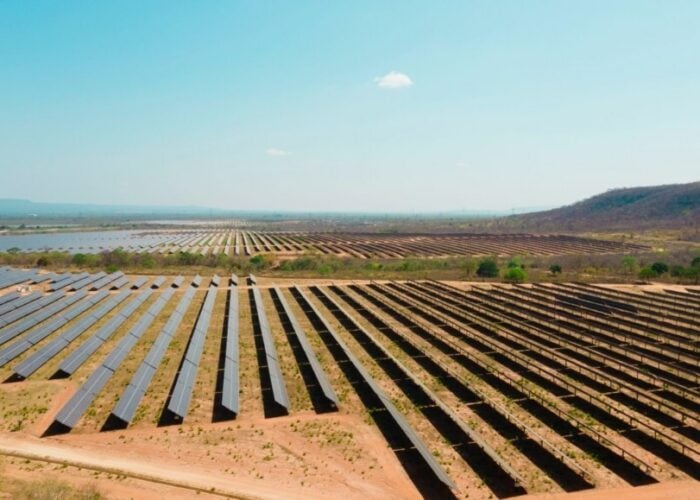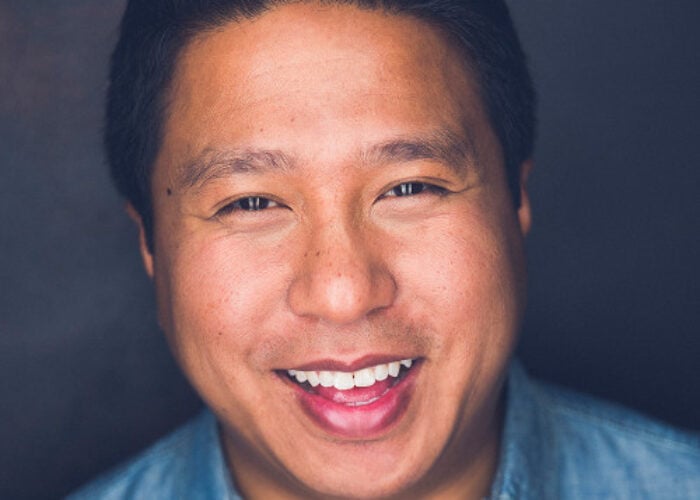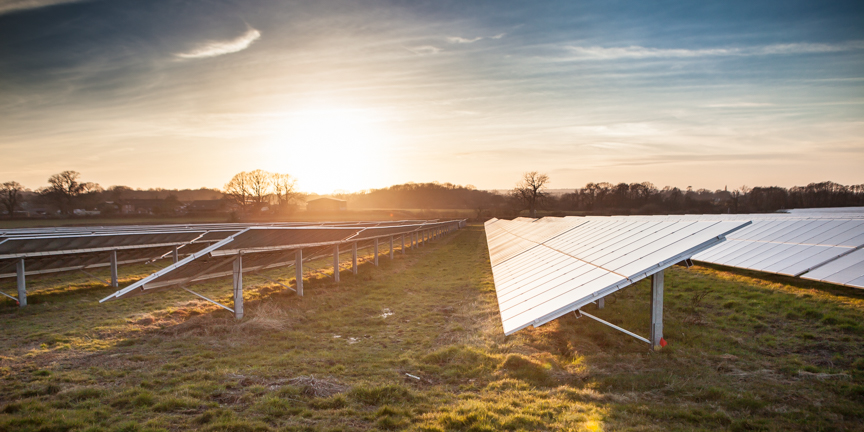
The UK government has paved the way for utility-scale solar to once again compete in renewables auctions, completing this week a dramatic policy U-turn.
Yesterday (3 March 2020) the UK’s Department for Business, Energy and Industrial Strategy (BEIS) announced that established, onshore renewables – effectively onshore wind and solar PV – will be allowed to bid for support in the next Contracts for Difference (CfD) tender round, slated for next year.
Try Premium for just $1
- Full premium access for the first month at only $1
- Converts to an annual rate after 30 days unless cancelled
- Cancel anytime during the trial period
Premium Benefits
- Expert industry analysis and interviews
- Digital access to PV Tech Power journal
- Exclusive event discounts
Or get the full Premium subscription right away
Or continue reading this article for free
The decision marks a significant change in policy for a government that has locked established renewable technologies out of CfD auctions since the first allocation round in 2015.
In the years since, offshore wind – a less established, so-called ‘Pot 2’ technology – has captured the significant majority of contracts available in both the second and third allocation rounds, held in 2017 and 2019 respectively, recording significant declines in strike prices. In last year’s AR3, offshore wind projects bidding to come onstream in the 2023/24 delivery year landed contracts at £39.65/MWh (US$50.7/MWh), a dramatic decline from previous years.
But AR4 will see the return of support for ‘Pot 1’ energy sources, with what is effectively a carve-out for these technologies to compete against each other for capacity contracts.
The government acknowledged some subsidy-free solar PV projects were coming forward on a merchant basis, adding however that a lack of support for the technology risked a scenario where developments vital to decarbonising the UK power sector would be insufficient. It also praised the benefits of a diverse power mix, with onshore and offshore renewables working in tandem.
BEIS has also consulted on potential amendments to the CfD rules, which could pave the way for more projects co-located with energy storage to come forward. BEIS has raised the prospect of lifting a requirement that any co-located storage facility be metered separately to the adjoining generation plant, a rule described as a burden by previous participants.
Contracts for Difference: An explainer
The UK's Contracts for Difference mechanism was designed to replace the previous Renewables Obligation subsidy programme, which guaranteed renewables with green certificates firms could then sell or trade. The CfD scheme that was then rolled out brought about a competitive tender programme based on a strike price, essentially the lowest amount a generator could accept for its output and still be economical. Fifteen-year contracts are then signed at those strike prices.
Those contracts ensure that if the UK’s day-ahead power price is higher than the strike price, power can be sold at the higher price and the developer receives full market value. If, however, the day-ahead price dips below the strike price, the government will pay the difference between those two sums, ensuring they are not out of pocket.
U-turn draws praise as questions loom around support levels
The consultation document poses a range of questions to industry on changes to the mechanism, with a deadline of 22 May 2020 for responses. BEIS will then consider industry feedback when finalising both the auction process and contract for AR4.
There has yet to be any indication as to pot allocations for AR4, meaning that solar developers in the UK – while knowing they will be allowed to compete – are still in the dark as to the amount of support available.
There will be, however, a long list of projects eyeing up potential participation. Yesterday, PV Tech publisher Solar Media’s in-house market research team revealed that the pipeline of solar PV projects in the UK had swollen to 7GW after a fast-paced start to the year.
This week's policy decision was warmly received by the industry. Chris Hewett, chief executive of the UK’s Solar Trade Association, described the U-turn as a “major shift in the right direction”.
“The government is backing a winner in solar, which is not only the UK’s most popular energy technology, but also highly cost-effective and one which offers unique opportunities to enhance local biodiversity and agriculture,” he said.
The prospects and challenges of the UK's new solar era will take centre stage at Solar Media's Utility Solar Summit, in London on 10-11 June. Selected sponsorship opportunities remain and enquiries can be sent here. The Utility Solar Summit will be an exclusive two-day event and ticketing purchases can be made online here.

